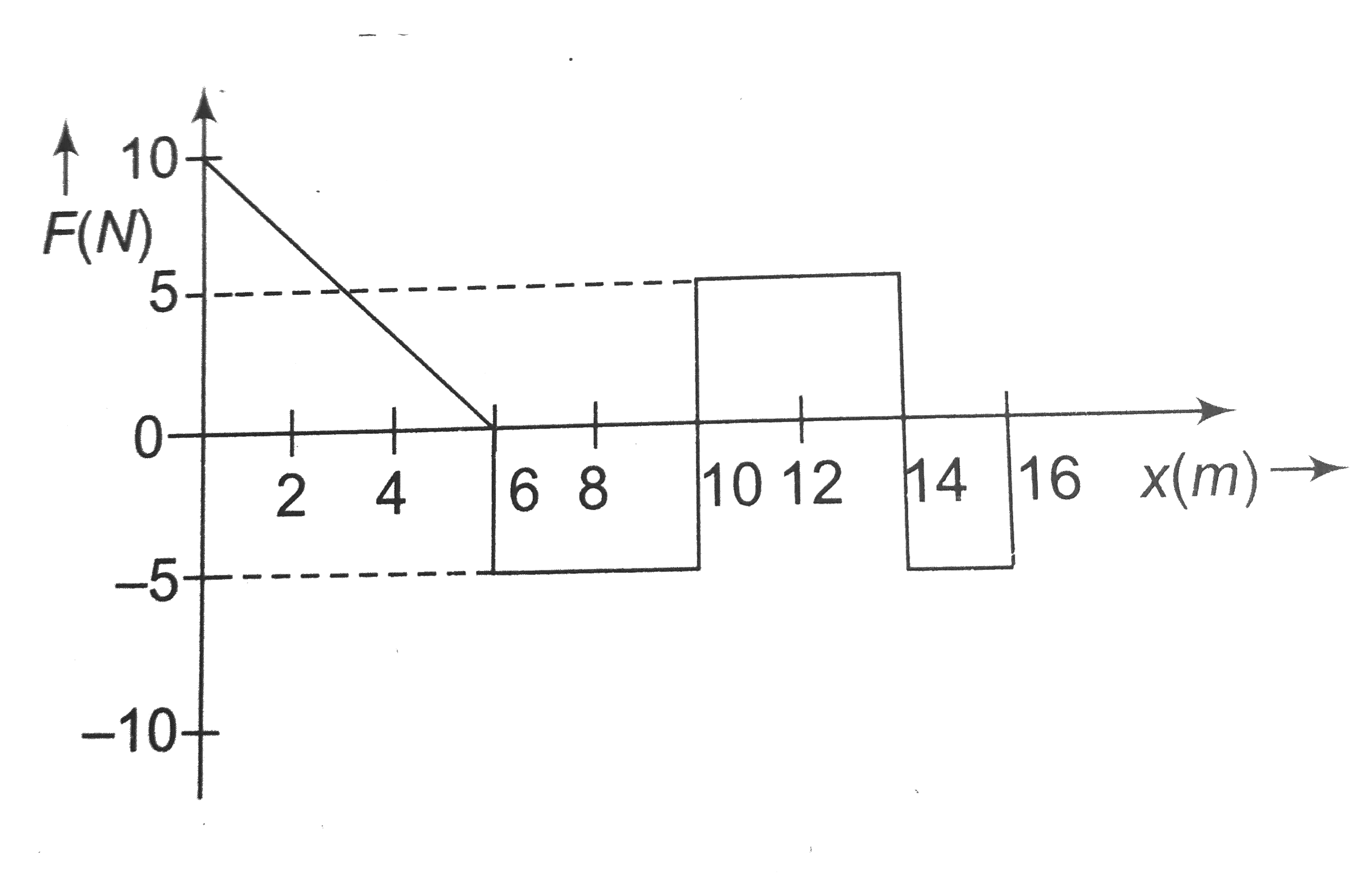Solute particles __________ the kinetic energy of the solvent.
Step-by-Step Text Solution:
1. Understanding the Question: The question states that "solute particles __________ the kinetic energy of the solvent." We need to identify how solute particles affect the kinetic energy of the solvent.
2. Identify the Solvent: In many biological contexts, the solvent is often water. Water is a common solvent in which solutes dissolve.
3. Kinetic Energy of Solvent: Kinetic energy refers to the energy of motion. In the context of molecules, it is associated with the random movement of those molecules. The greater the concentration of solvent molecules (like water), the higher the kinetic energy.
4. Effect of Solute on Water Concentration: When a solute is added to the solvent (water), it occupies space and reduces the number of free water molecules available. This leads to a decrease in the concentration of water molecules.
5. Impact on Water Potential: The presence of solute lowers the water potential of the solution. Water potential is a measure of the potential energy in water, and it is influenced by solute concentration. Pure water has the highest water potential.
6. Conclusion: Since the addition of solute lowers the concentration of water molecules, it consequently lowers the kinetic energy of the solvent. Thus, we can conclude that solute particles lower the kinetic energy of the solvent.
7. Final Answer: Solute particles lower the kinetic energy of the solvent.
---
Topper's Solved these Questions
- TRANSPORT IN PLANTS BOOK - ICSECHAPTER - TRANSPORT IN PLANTS EXERCISE - REVIEW QUESTIONS (Give one word for the following)
12 Videos
- TRANSPORT IN PLANTS BOOK - ICSECHAPTER - TRANSPORT IN PLANTS EXERCISE - REVIEW QUESTIONS (Differentiate between the following)
12 Videos
- TRANSPORT IN PLANTS BOOK - ICSECHAPTER - TRANSPORT IN PLANTS EXERCISE - NCERT EXERCISE WITH ANSWER (DIFFERNTIATE BETWEEN )
16 Videos
- THE LIVING WORLD BOOK - ICSECHAPTER - THE LIVING WORLD EXERCISE - Ncert Exercises (Differentiate Between )
4 Videos
Similar Questions
A stationary radioactive nucleus of mass 210 units disintegrates into an alpha particle of mass 4 units and residual nucleus of mass 206 units. If the kinetic energy of the alpha particle is E, then the kinetic energy of the residual nucleus is
View SolutionDe-Broglie wavelengths of the particle increases by 75% then kinetic energy of particle becomes.
View Solution
Knowledge Check
A particle is acted upon by a force F which varies with position x is shown in figure .If the particle at x=0 kinetic energy of 25J then the kinetic energy of the particle at x=16m is
 A45 JB30 JC70 JD20 J
A45 JB30 JC70 JD20 J
Cooling decreases the kinetic energy of particles.
View SolutionConsider the following two statements:
A. Linear momentum of a system of particles is zero.
B. Kinetic energy of a system of particles is zero.
View SolutionA particle is projected at an angle θ from the horizontal with kinetic energy (T). What is the kinetic energy of the particle at the highest point ?
View SolutionKinetic energy of a particle on the surface is E0 and potential energy is−E02.
(a) Will the particle escape to infinity ?
(b) At some height its kinetic energy becomes 0.6E0. What is potential energy at this height ?
(c) If the particle escape to infinity , what is kinetic energy of the particle at infinity ?
View SolutionAn α-particle with a kinetic energy of 2.1eV makes a head on collision with a hydrogen atom moving towards it with a kinetic energy of 8.4eV. The collision
View SolutionA stationary thorium nucleus (A=200,Z=90) emits an alpha particle with kinetic energy Eα. What is the kinetic energy of the recoiling nucleus
View SolutionThe total energy of a particle in SHM is E. Its kinetic energy at half the amplitude from mean position will be
View Solution
